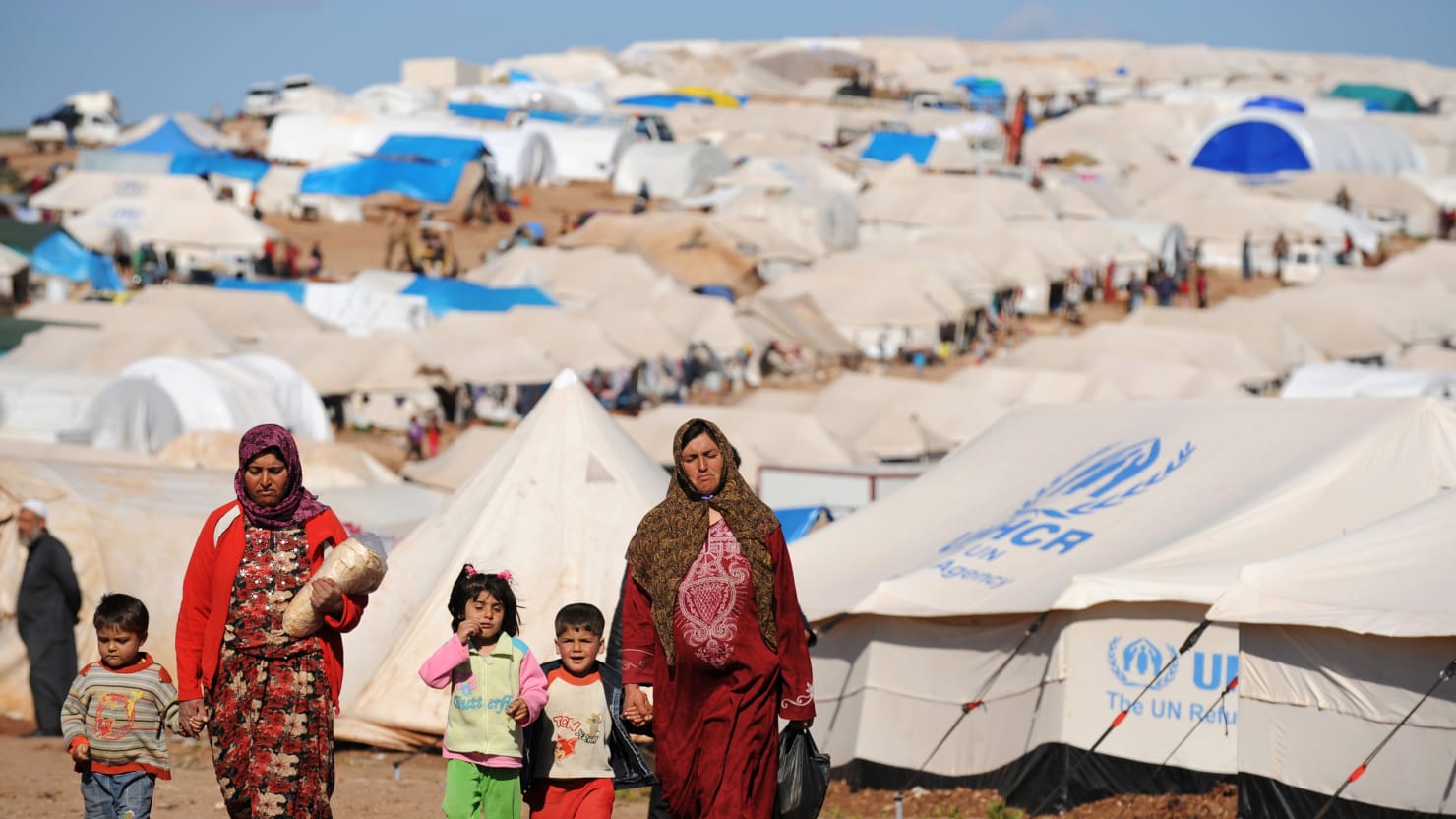Tag Archives: Syria
The Syria conflict: Latest developments
Before it began, 2020 was assessed to be the last year of the Syrian civil war, which erupted in 2011. This turned out to be either wishful thinking or an overly optimistic assumption which fell victim to the Coronavirus. As the year approaches its end, the conflict is still there, with most of the same domestic and foreign actors – the Assad regime and its opposition, Russia, Turkey, Iran, Israel, the United States and various Jihadi groups. What are the military and political pictures?
Panel: – Jonathan Hessen, Host.
– Amir Oren, Analyst.
– Prof. Zeev Khanin, Expert on Russian and Middle Eastern Studies, Bar Ilan and Ariel Universities.
– Dr. Nir Boms, Research Fellow, Moshe Dayan Center at Tel Aviv University.
COVID-19 and the Cost of Human Life

By NIR BOMS, HUSSEIN ABOUBAKR, Jerusalem Post, May 10th 2020
The recent weeks have awakened us to a new and unprecedented reality. Life is at stake, we are told, and life is precious, priceless, in fact. The world needs our actions to save life. There is no price for human life, unless of course it’s someone else’s life or someone else’s war. For that, we will not halt our world. We will not close a single shop. We might just change the channel.
The Covid-19 outbreak presented us with a real-life question of how far we are willing to protect and preserve life. For most of us, citizens of the “lucky world,” this was the first time such a question has been posed, not in a metaphysical sense but as one with real-life consequences. The disruption and the near-complete global halt is due to the drastic measures taken to curtail the spread of the virus. The world-wide response has indeed been impressive. Borders were shut, cities were locked down and national emergencies were declared. As it stands today, the unprecedented global death toll of the new virus has crossed the 250,000 mark, still mostly among the elderly. Our measures appear effective in slowing the virus’s progression and “flattening the curve.” But what more are we to do if that death toll climbs? How about 300,000? What if the number approaches half a million human lives lost to the pandemic?
When it comes to global crises, those numbers are not fictional. They are very real numbers of real lost lives from the last decade alone. Some 700,000 Syrians lost their lives since the outbreak of the Syrian civil war in 2011, with a peak of 20,000 a month. Syrian healthcare systems, schools, infrastructures, water and sanitation system are entirely destroyed. Once-busy marketplaces and bazaars in historic city centers have been reduced to rubble and ash. Parents buried children who died from bombs or who drowned in the Mediterranean. The coronavirus might spare the lives of children, but war doesn’t.
Continue readingSyria vs Turkey amid the Coronavirus crisis
The entire Middle East seems to be focused on the coronavirus crisis. While the spreading contagion is indeed a major issue everywhere, it is not the only one. In northern Syria, the Assad regime and Turkey are still in conflict, with various other powers involved directly or indirectly.
To look at this persistent problem, which will probably outlast even, the pandemic we invite:
– Jonathan Hessen, Host.
– Amir Oren, Analyst.
– Dr. Hay Eytan Cohen Yanarocak, Research Fellow, Moshe Dayan Center at Tel Aviv University. –
– Dr. Nir Boms, Research Fellow, Moshe Dayan Center at Tel Aviv University.
